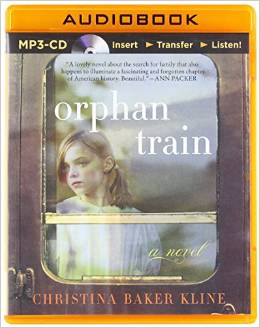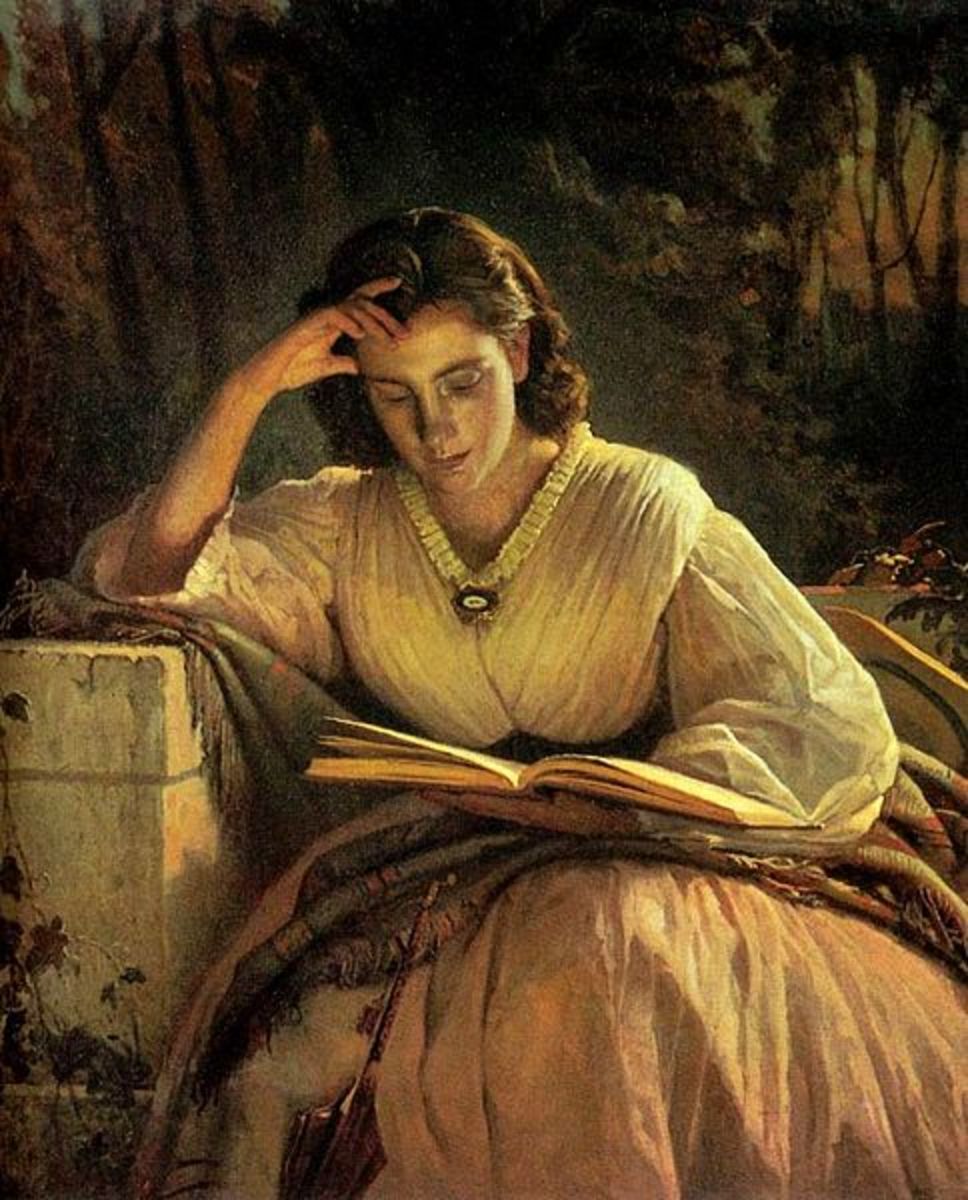Orphan Train: A Good Read That May Make Your Hair Stand On Your Head
Book Trailer: Orphan Train by Christina Baker Kline
Author

About the novel
Orphan Train: A Novel takes place between 1854 and 1929. During this time, “orphan trains” transported approximately 200,000 orphaned, abandoned, and homeless children from the coastal cities of the eastern United States to the Midwest for “adoption” (often indentured servitude).
The program's founder, Charles Loring Brace, believed hard work, education, and firm yet compassionate childrearing were the only way to save these indigent children from a life of plight.
In Orphan Train, Vivian Daly gives a first-person, past-tense account of her experience on the orphan train. Her autobiographical narrative is about her journey from an Irish-Catholic immigrant to a Protestant Midwesterner then it alternates to her current situation on the Maine coast.
The present-day story takes place over the course of six weeks; however, the narrative arc of Vivian’s history encompasses her 90 year lifespan.This book is filled with quirks, subtexts, and possibilities. Good Read!
SPOILER ALERT: This article will use a theoretical framework to critically analyze the main character's arc from a social work perspective (i.e. this article contains cited examples from novel).
Author Discusses Her Novel
Orphan Train: Historical Background
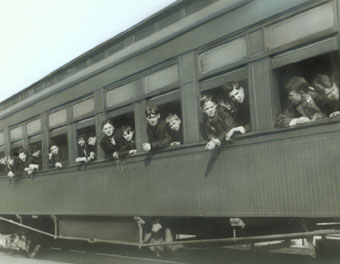
Vivian Daly: Case Description
Identifying information: Vivian Daly, born Niamh Power, is a 91 year old, wealthy Irish immigrant woman.
Current Situation: She is a widow who leads a quiet, peaceful existence in a Victorian Mansion on the Maine seashore. She has one daughter and granddaughter, who have red hair and freckles like she does.
Family of Origin: Vivian lived with her biological parents and siblings in a cobbled stoned village on the coast of Ireland. They traveled by sea to New York City and were struck with illness before they docked (pp. 154).
They lived together in a tenement for two years, barely got along, until a fire killed her parents, brothers, and only sister. Vivian’s mother was soon institutionalized due to the grief of her loss (pp.164), which had bi-directional influence on Vivian’s life because she was left abandoned.
She then was sent off to an orphanage at the age of eight. There were difficulties finding a family to take her in due to her age & culture, so, she was chosen along with other children to board the orphan train headed toward settlements in the Midwest.
The Great Depression
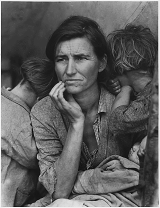
Social Issues
A society becomes more complex overtime and its components are interdependent. Each one serves the function necessary for the survival of the system as a whole.
Vivian (e.g., focal system) grew up during the Great Depression in a Mid-western society (e.g., suprasystem), which affected her development into emerging adulthood.
At this time of unrelenting hardship, Herbet Hoover was president and ironically an orphan himself at the age of 9. The stock market crashed on October 20th 1929, which impacted Vivian’s her subsystem’s (e.g., the Byrne’s) dressmaking business.
Although the crash only lasted for a 10-day period, the value of the stocks plummeted as panicked investors sold off their stocks, some even jumping from buildings in disarray. The demand was falling for textiles and food was in low supply, so the Byrnes had to give Vivian away.
Interpersonal and social characteristics of the microsystem can intermingle with developmental factors and stimulate maltreatment. A holistic assessment of Vivian’s case can be taken from her many environmental changes, using the ecological perspective.
The bi-directional influences of the death of her family and institutionalization of her mother demonstrates stress within her microsystem. The sudden relocation by train and the involvement of multiple foster parents in her life indicates disruption her mesosystem. And, the social worker’s involvement in the situation is indicative of the exosystem’s direct influence on her life. All things considered, Vivian became in disarray with her environment because of inconstancy.
The hardship of the times was also evident as Mr. Grote was unemployed. The economic downturn at the time was detrimental across the middle, as many farmers defaulted on their loans and the bank seized their cattle, land, and farm machinery.
Mr. Grote spoke extensively with Vivian about how his personal choices (e.g., marrying Mrs. Grote and having too many children), which he felt led him in to misfortunate rather than blaming the depression for their family problems.
He eventually projected his anger, which stemmed from being poor, onto Vivian by attempting to rape her when she was 10.
What is Conflict Theory?
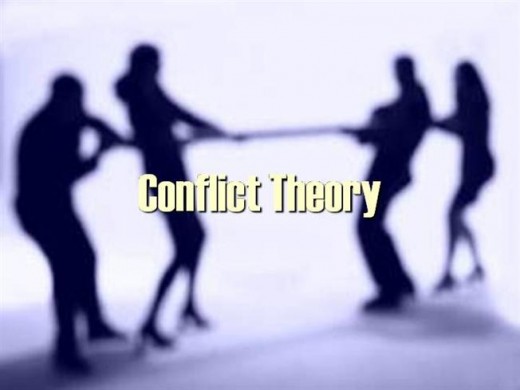
Conflict Theory
Conflict theory views the society as being characterized by conflict and inequality.
It resembles intersectionality, in that factors intersect (e.g., age, gender, race, and social class), which contribute to an unequal distribution of goods and rewards (e.g. education, money, and power).
A conflict perspective can be applied to Vivian’s case, in that she had a common experience with the “social welfare institution” as being only a “coercive institution”, one that tried to control her behavior rather than provide her with compassionate support.
Perhaps this is why Vivian’s social worker, Mr. Sorenson from the Children’s Aid Society, did not take her seriously about Mr. Grote’s sexual misconduct. Instead, he urged her to stay because he has no other families who are looking to take a child at the time (pp. 157).
Nevertheless, his inactions were unethical by the NASW Code of Ethics, not to mention, his incompetence was deplorable.
Prior to initially leaving Vivian with the Grote’s, the social worker observed that the residence was not suitable for a child to inhabit but decided to leave her with the family anyway.
Vivian’s horrible experience at the Grote’s house was further indicative of the harsh reality of the times.
Their house was in the backwoods, with a saggy porch, and a flea infestation. Mr. Grote was unemployed, “abusive” to the children, “unavailable”, and “distant” (pp. 148).
Mrs. Grote seemingly suffered from depressive symptoms, and their children were always filthy. Vivian took on the role of caregiving to the whole house, which was an enormous task for a 10-year-old girl.
Different Theories of Social Change
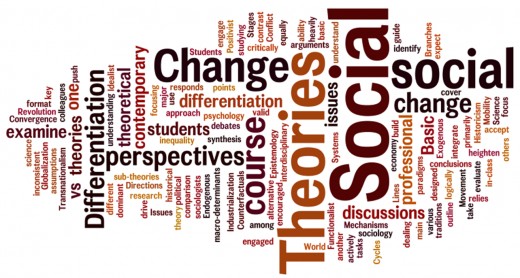
Culture Change
The term culture change has traditionally referred to the modifications, revisions, and new manners of expression that result from the process of interaction between cultures”.
Vivian experienced a culture change every time she was placed with the new family.
She was forced to conform to the assumptions of what was thought to be necessary in order to prosper in the new world (e.g., her caregivers demanded that she come to their protestant church although her religious upbringing was catholic).
She was pressured by society as an immigrant to conform to Anglo standards and disenfranchise herself with Irish people. Predominant attitudes towards immigrants were summarized by Samuel Ray:
“They (the foreign born) must be induced to give up the language is customs and methods of life which they have brought with them across the ocean and adapt in the bed the language habits and customs of this country and the general standards and ways of American living”.
Vivian overheard her caregivers calling her names. And, Mrs. Grote even blamed her for the lice infestation and called her “trash”, “vermin”, and a “dirty Irish bog-trotter” (pp. 144).
These types of attitudes taught Vivian her role in life, which correlates with social learning theory.
Also, Horton Cooley’s theory that self-concept is reevaluated every time the person enters a new social situation, can be used to argue that Vivian eventually became fully Americanized after every disruption in her life.
She gave up her original heritage and culture to adapt to American values and culture. As a result, she eliminated all original cultural differences, which was illustrated in the novel toward the end of her lifespan because she literally packed her belongings and memories away.
Now Available on Audible
